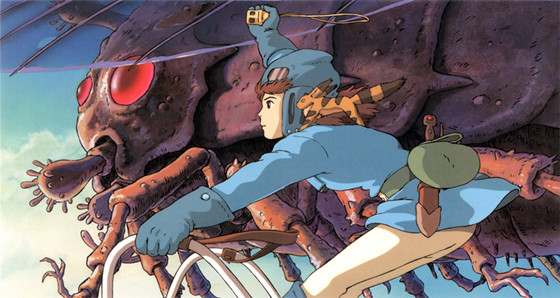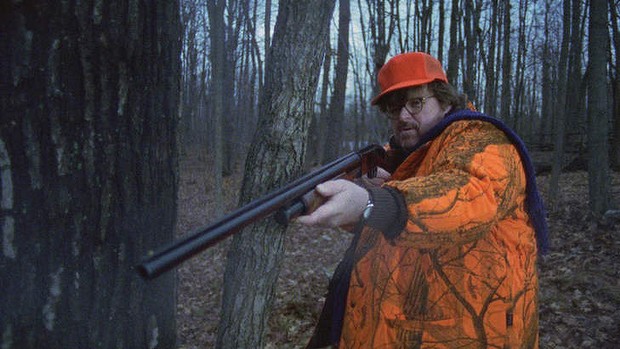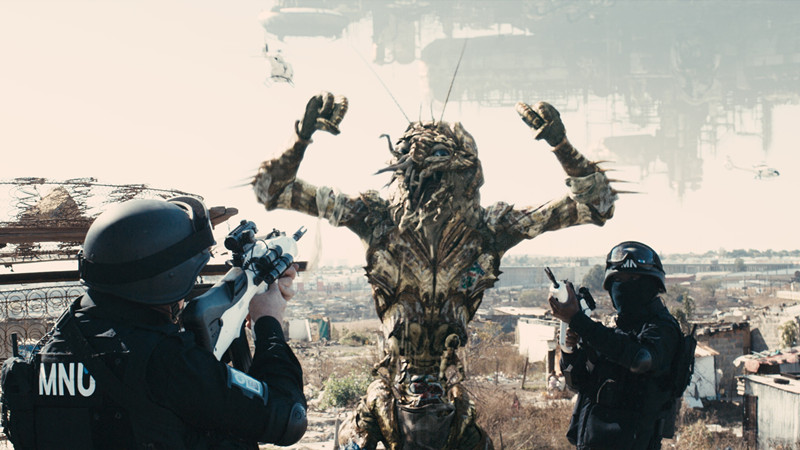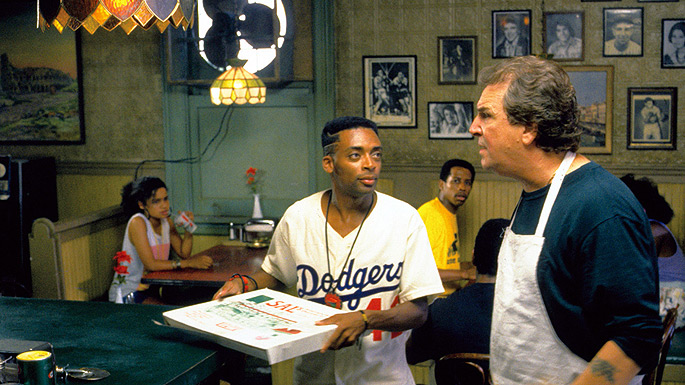6. Network (1976) by Sidney Lumet

Network provides perspective into the twisted functions of TV media, often hidden from the audience for regard of ratings. In a world where news cannot always be trusted, Network stands as a satirical commentary of just how far the people behind popular media will go to raise ratings.
While in Network the lead’s – that is, Howard Beale’s – problems are exploited, recent times have unveiled the mass cover-ups of questionable behavior, such as the sexual harassment. In an ever more digital and consumer driven world, Lumet’s Network stands as a reminder of how everything we see is controlled and curated.
The film begins with a failing news broadcast, soon to be cancelled for failing ratings. In an ever-declining mental state, the lead newscaster, Beale, threatens to commit suicide on live TV. Fired but given the opportunity for an honorable exit from the network, Beale continues on the show with angry rants that prompt the shows ratings to rise.
The new interest in Beale eventually causes the network to give him a new hit show where the entire premise is based on his wild rants. Inevitably, the new shows ratings wither and the executives plan an assassination attack on Beale, which would both take him out of the picture and boost their ratings via tragedy.
7. Nausicaä of the Valley of the Wind (1984) by Hayao Miyazaki

Commonly overshadowed by Miyazaki’s better-known pieces, Nausicaä of the Valley of the Wind is a fascinating underdog of the filmmaker’s canon. As a post-apocalyptic piece charged with environmental and anti-war themes, the film was recommended by the World Wide Fund for Nature upon its release and is still frequently cited in regard to ecological activism.
Living under the constant and growing loom of a climate catastrophe, Nausicaä of the Valley of the Wind serves as a reminder of the importance of humanity’s respect of the planet and harmony while living on it.
Set a thousand years after an apocalyptic war, Nausicaä, princess of the Valley of the Wind, scours the toxic jungle hoping to learn from it. She encounters a crashing aircraft housing an embryo of a weapon that a foreign state wants to grow and use to destroy the jungle.
Nausicaä’s studies have led her to learn that the jungle can be purified in a pollution-free environment, prompting her to set out and protect the jungle and its inhabitants from invading forces that would only cause more harm to an already damaged ecosystem.
8. Bowling for Columbine (2002) by Michael Moore

Inspired to take action and uncover the details of American public’s relationship with guns after the Columbine High School shooting in 1999, Michael Moore made this controversial picture that caused much turmoil in the gun debate.
While the Columbine tragedy struck almost 20 years ago, taking 12 lives and injuring 24 other people, school and public shootings are a terrifyingly common occurrence, with tragedies all over the country. Winner of the 2003 Academy Award for Best Documentary Feature, Bowling for Columbine is much more than a provocative think piece; the film’s content has posed legitimate arguments in the ongoing debate against gun violence.
Completed in Moore’s signature playful exposé style, the filmmaker explores the community of Littleton, Colorado – Home of Columbine High School – and digs into the culture of fear and violence instilled throughout the whole country. Supported by interviews with victims, members of the community, various figures of both pro and anti-gun movements, statistics, and headlines, Moore critiques gun culture.
The film is most famous for two particular scenes: in one, Moore receives a free gun from a bank offering the weapon as incentive for opening an account, and in the other, Moore takes two victims of the Columbine shooting to Kmart, where they ask to be refunded for the bullets used to shoot them at school. Bowling for Columbine is one of Moore’s best films, and still stands today as an important component of the gun control movement.
9. District 9 (2009) by Neill Blomkamp

District 9 makes little effort to disguise its metaphors and symbolism. With running themes of immigration, xenophobia, racism, and war, the film is a strong and clear criticism of South Africa’s apartheid era, alluding to modern migration crises. Wars and economic turmoil have forced people to uproot only to be met with prejudice and violence by nations with means to help.
Central and South American migrants travelling to the U.S. and refugees from the Middle East emigrating to the E.U. in only the past few years have been met with inhuman contempt by government authorities, making a dystopian world such as that of District 9 a chilling, if not already stirring, possibility.
The film imagines a world in which an extraterrestrial spaceship housing millions of impoverished aliens appears over Johannesburg, South Africa, and later housed in a slum named District 9. Years later, in 2010, the aliens are set to relocate following civil unrest with local citizens.
An alien, Christopher, and his son attempt to fuel a module to reach the mother-ship and leave Earth, but are prevented from doing so during a skirmish with government executive, Wilkus, who is accidentally sprayed with confiscated extraterrestrial fuel and begins mutating into an alien. His exposure allows him to get first-hand experience of the scornful treatment of the alien refugees, leading him to help Christopher on his mission to return to his fellow aliens and return with help for the impoverished masses.
10. Do the Right Thing (1989) by Spike Lee

Like majority of Spike Lee’s filmography, racial relations and tensions are a central theme in Do the Right Thing. Recognised at the 1990 Academy Awards, the film draws upon the idyllic setting of a Brooklyn summer to examine the tragic results of racial disparity and the use of police brutality.
Upon its release, the film was considered controversial for the possibility of inciting riots. Although such claims were prejudiced and thoroughly racist, the film itself is a glaring reflection of the racial divide in the United States, 30 years ago and today.
In a Brooklyn neighbourhood filled with distinct, quintessential Lee characters, lives Mookie, played by Lee. He works in a local pizzeria ran by Sal and his two sons; Pino who dislikes the state of the neighbourhood and the black people living in it, and Vito, who is friends with Mookie and agrees with his father to stay in the area.
Soon, tensions grow as Mookie’s friend, Buggin’ Out, points out that the pizzeria has no black celebrities on its wall of fame despite being in a black neighbourhood and demands change, and Mookie confronts Pino about his offensive attitude. The confrontations involve the entire neighbourhood and things quickly escalate towards a riot. When the police intervene and tragedy strikes, the local people are driven to raged protest.